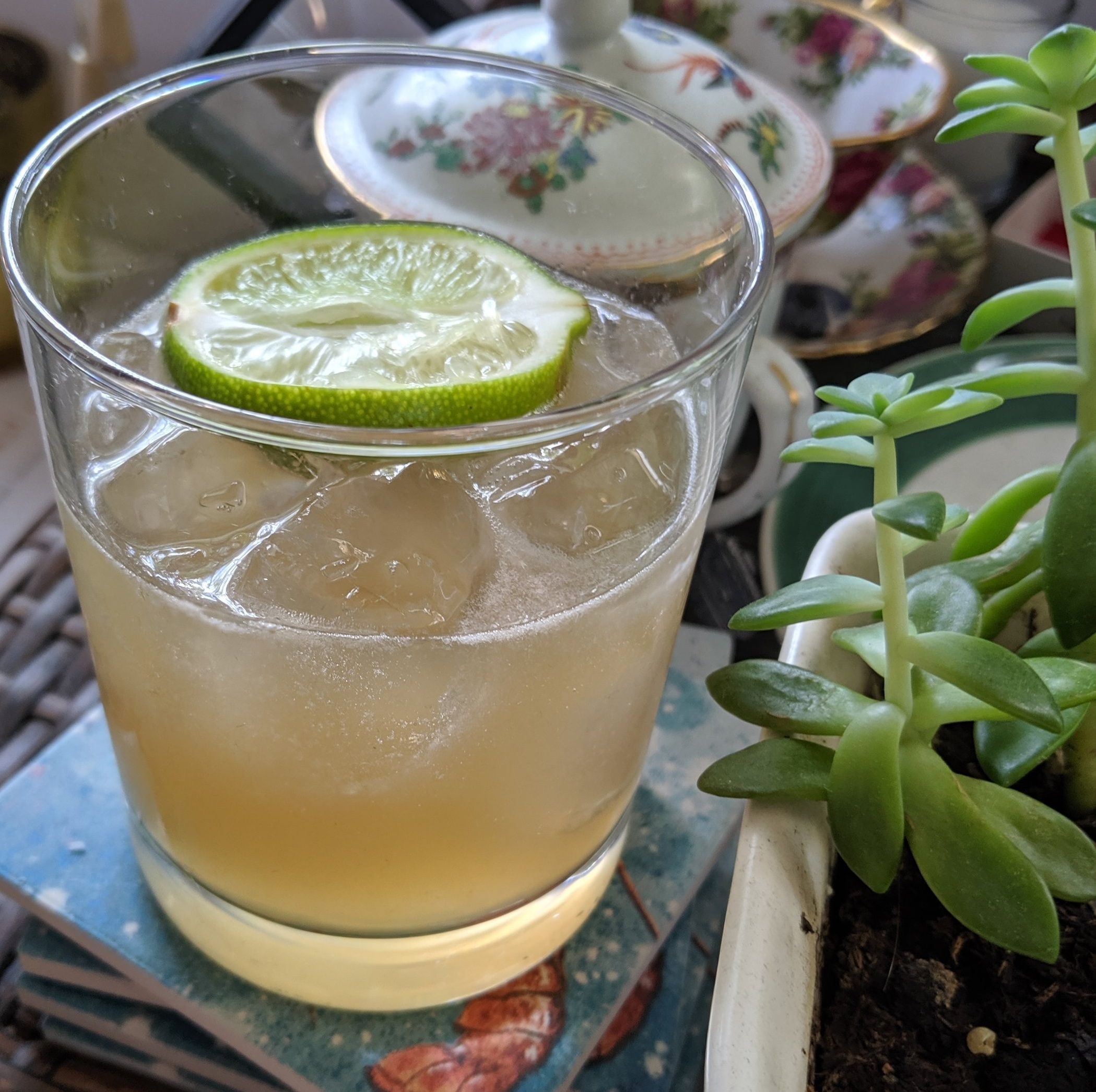Proper Meat Cooking: Pork
I have great news for you! Your whole life, you’ve been told that pork has to be served fully white and bone dry, but that isn’t true! You can serve your pork at a rosy medium, juicy, and delicious! Okay? Okay. Job done, everyone go home and enjoy your pork.
What’s that? You don’t believe me? Your grandma told you you have to cook pork until it's drier than the Sahara? Oh, boy. We have some work to do.
Pork has historically been one of the primary carriers of a family of parasitic worms collectively known as Trichinella. The resulting infection from consumption of these worms is known as trichinosis. Symptoms are about as you might expect from a foodborne illness (i.e., a lot of gastrointestinal involvement, to put it mildly), but they can be very severe and even result in death. As a result, the USDA put out a recommendation that all cuts of pork be cooked to an internal temperature of 165 degrees Fahrenheit (°F). Meanwhile, the CDC undertook its own measures to try and understand the root causes of Trichinella growth in US swine production.
The result of the CDC’s research and resulting enforcement by the USDA Animal and Plant Health Inspection Service (APHIS) was drastically improved conditions for pig farming, and a resulting drop in incidence of Trichinella in American swine. According the CDC, only approximately 0.013% of US swine are currently infected with Trichinella, meaning that most commercially available pork is completely devoid of the stuff.
But what if you’re very worried? Well, good news, the USDA actually revised their recommendations for cooking time and temperatures back in 2006. According to USDA regulations, Title 9, Section 318.10, pork can be safely cooked to a lower temperature, as long as it’s held at that temperature for a specified amount of time. See, much like cooking meat sous vide, holding meat at a lower temperature will eventually kill any potential pathogens, as opposed to hitting a higher temperature and instantly killing those pathogens. That’s why, when you’re cooking chicken in the oven, you want to cook it to 165°F, but you can cook it sous vide to 155°F for at least an hour. I won’t put the whole table from the USDA here, but suffice to say that if you cook pork to at least 140°F and hold it there for one minute (or 145°F at all), trichinosis is totally avoidable.
So what does that mean!? Cook your pork to 140°F, take it off the heat, and let carryover cooking take care of the pathogens as it rests. You’ll be fine, I promise — and finally, the government agrees with me!
But… this?
Oh, right, okay. What about tougher cuts, like pork belly, ribs, and shoulder (or… butt)?
In short, tougher cuts like these are tough because of intramuscular fat or connective tissue: stuff that runs through the meat but isn’t meat. These cuts need enough time to let that intramuscular stuff break down and become really tender; this is why they’re low-and-slow kinds of meats.
When it comes to really fatty cuts, it’s less a function of temperature and more of a function of time. Pork fat renders (melts) at around 135°F, but to really render intramuscular fat you’ll need to keep the cut at least at the temperature for long enough to let it all melt down. This is why pork belly in particular needs to be cooked for so long, to let all of that felt really melt down and become really flavorful.
In addition to fat, collagen and other connective tissues need to be considered. In pork, these break down at about 160°F, which means that these cuts need to be held above that temperature for at least 30 minutes before they can become really, really tender. An added benefit of this is that all of that collagen will break down into whatever liquid you’re using to braise that meat and become gelatin, which makes your sauce richer, thicker, and better for your… nails? Or something? This is not necessarily a nutrition blog.
So yes! Some cuts of pork need to cook longer and to higher temperatures, but here’s what you should take away from this: just like you cook beef steaks to varying degrees of doneness, every cut of pork should be cooked to a temperature appropriate to its level of fattiness and toughness. Lean, quick cooking cuts that come from the loin (in particular) should only be cooked to about 140°F, and other cuts should basically be cooked until they’re tender. Clear? Great.
Thank you for coming to my TED Talk. I hope you start cooking pork better, because this is still a really pervasive lie we tell about our porcine brethren. Any other meats — or not meats — that you’re curious about? Let us know in the comments below or on our social media! Thanks again, and have good pork!




